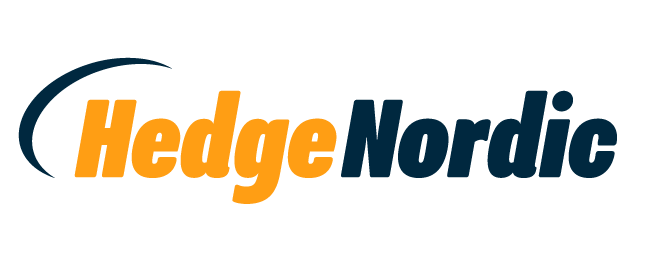Prenumeration
Vem äger bolaget?
All ägardata du vill ha finns i Holdings!
Stockholm (HedgeNordic) – Marcus Plyhr’s cautious stance on markets helped Norron Select minimize losses in 2022, closing the year with a low single-digit decline of just 1.4 percent However, this cautiousness proved to be a disadvantage during the market rebound in 2023. Despite maintaining a prudent stance in 2024, Norron Select has been gradually picking up returns, achieving seven consecutive months of positive performance. Against a backdrop of low implied volatility across financial markets, Plyhr opted to stockpile cheap longer-dated options for market protection instead of using futures.
“Our strategy has shown resilience. Over the last six months, we have seen decent equity alpha, indicating that our stock selection and positioning have been effective,” says Marcus Plyhr (pictured right), portfolio manager of Norron Select. The fund has gained 8.0 percent in the past six months ending May and is currently up 5.1 percent year-to-date through mid-June. While categorized as a long/short equity fund, Norron Select employs a range of sub-strategies and instruments, including long/short market-neutral, corporate bonds, alpha picks, and derivatives.
“Our strategy has shown resilience. Over the last six months, we have seen decent equity alpha, indicating that our stock selection and positioning have been effective.”
Historically, the fund has maintained an average net equity exposure of about 40 percent. Currently, the fund maintains a net exposure of less than 20 percent “due to higher underlying volatility and fluctuations between sectors and factors.” Despite maintaining lower net exposure, Plyhr has increased the fund’s gross exposure to leverage this positive performance trend on both the long and short sides. “This approach allows us to maximize returns from our best ideas while maintaining a conservative net exposure to manage overall portfolio risk,” explains Plyhr.
“This approach [of increasing gross exposure]allows us to maximize returns from our best ideas while maintaining a conservative net exposure to manage overall portfolio risk.”
Over time, approximately one-third of Norron Select’s short positions have involved single stock shorts, complemented by shorting indices such as the OMX and Stoxx, and occasionally the Swedish Small Cap Index to hedge smaller and mid-cap positions. However, with the current lower implied volatility in the markets, Plyhr has shifted away from using futures to employing options. “Currently, the implied volatility in the market is at extremely low levels,” Plyhr notes.
“Options provide the ability to hedge and position more precisely, taking advantage of the lower costs associated with the current market environment.”
“Globally, market behavior is heavily influenced by trends in the US, where dispersion trades, strong structured product issuance, and significant retail selling have driven down the price of options across all maturities,” explains Plyhr. He highlights the prevailing widespread expectations of stability for the major indices, as reflected by the low price of the one-year implied correlation. In such a market environment characterized by low implied volatility and skew, the Norron Select team favors purchasing longer-dated options over futures. “This approach offers a more favorable risk-reward profile,” says Plyhr. “Options provide the ability to hedge and position more precisely, taking advantage of the lower costs associated with the current market environment.”
The environment for single-stock shorts has also become more favorable in recent years. Norron Select’s “dedicated short book has produced equity alpha since inception” in early 2011. Plyhr acknowledges the challenge of shorting companies during strong upward market trends but emphasizes the importance of considering “the short book alpha relative to the market to understand the opportunity cost.” Currently, the opportunity set and environment for stock picking both on the long and short sides are particularly strong. “As the market becomes less dependent on real interest rates and more focused on company fundamentals and idiosyncratic risks, we believe it is possible to generate equity alpha on both the long and short sides,” concludes Plyhr.

